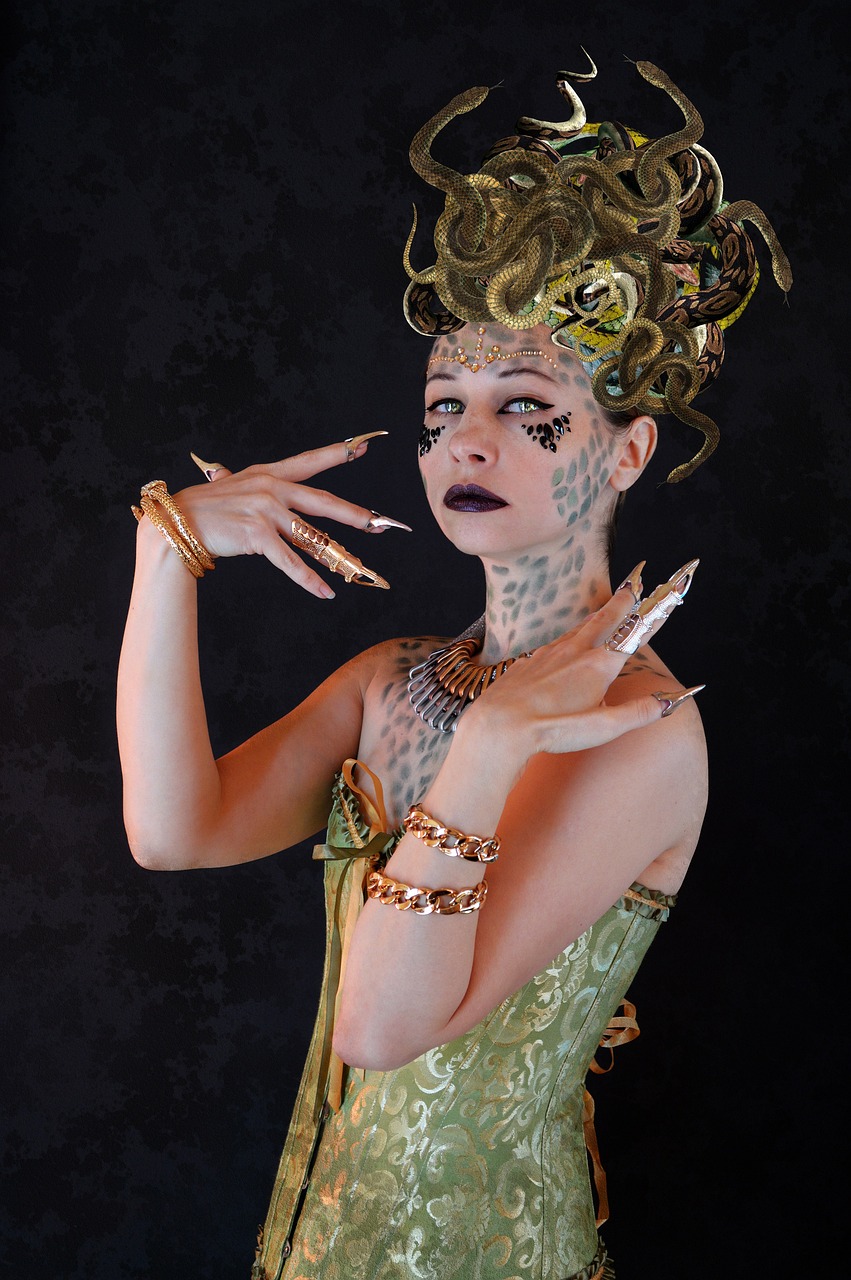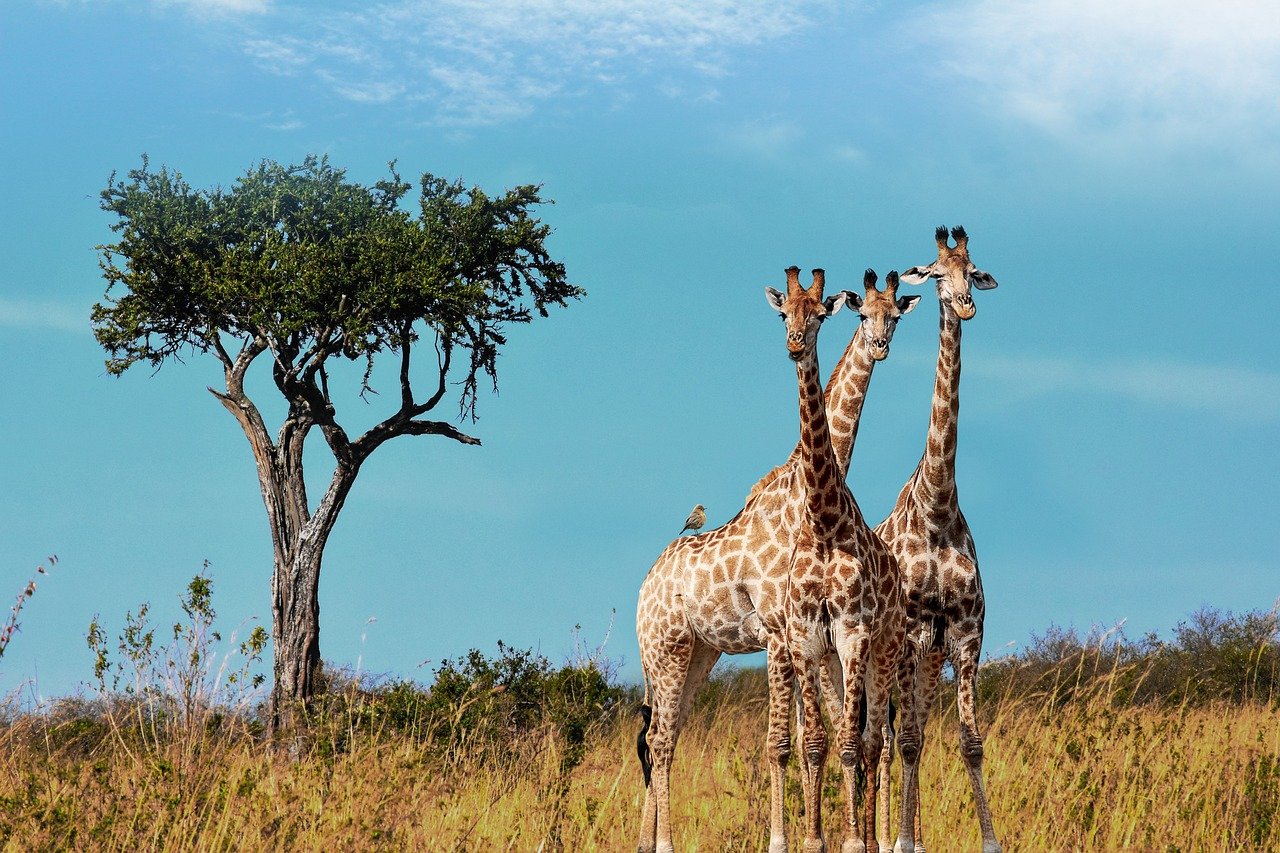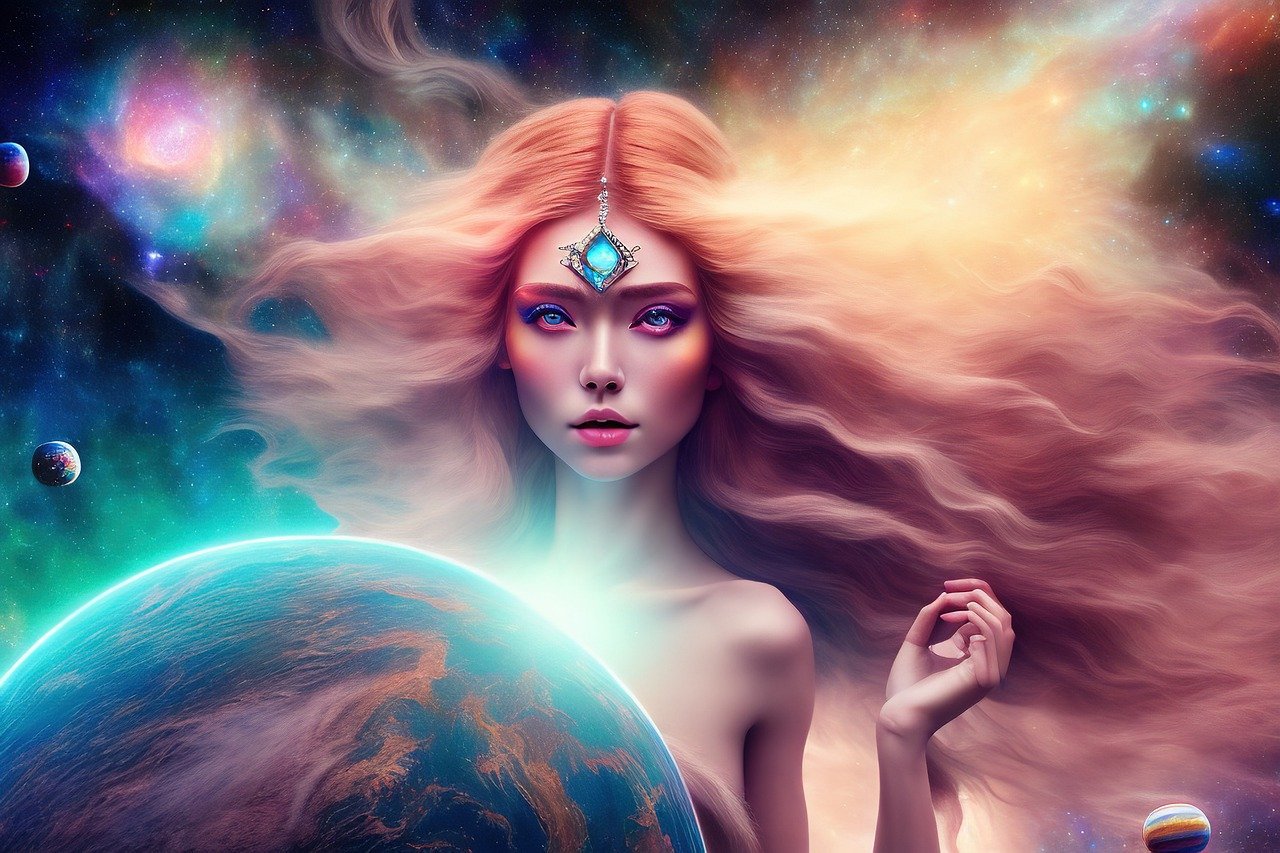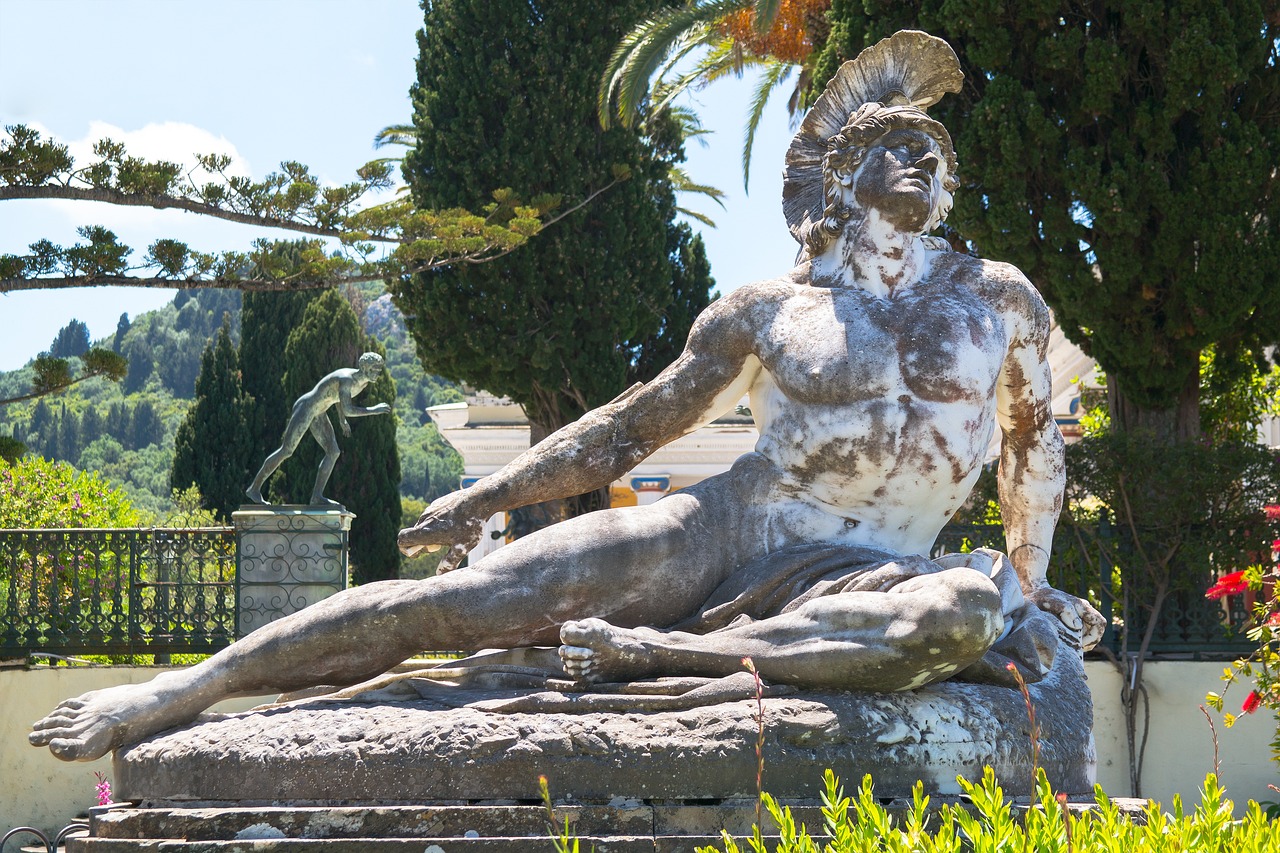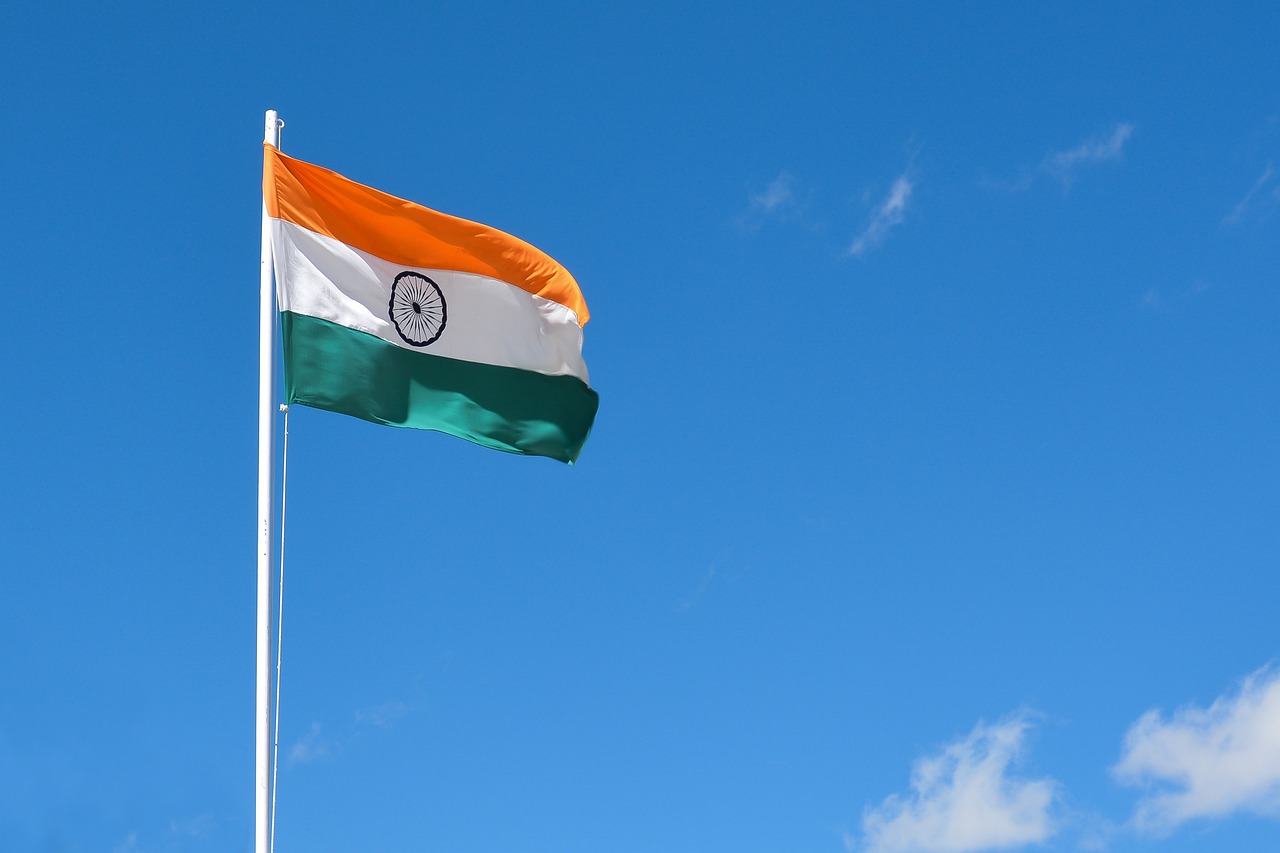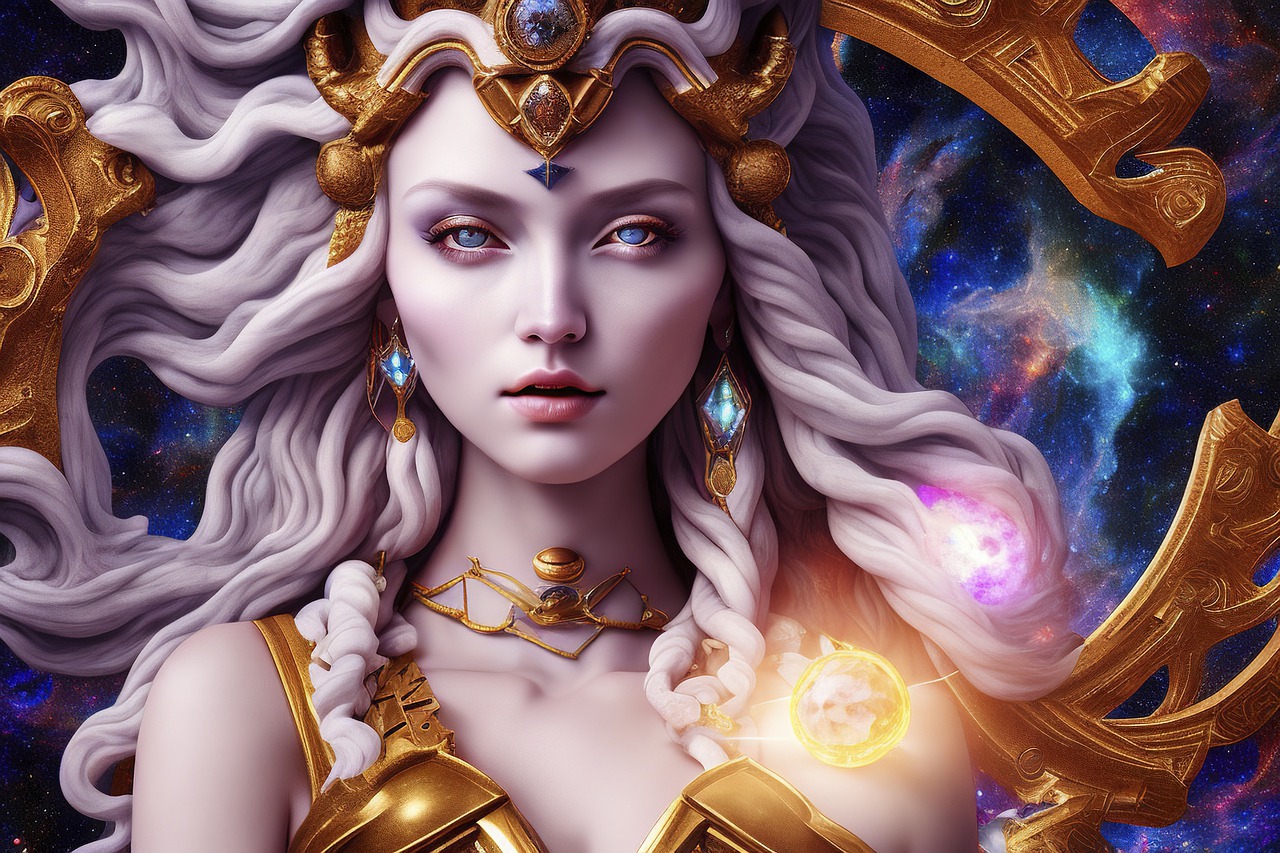Author: Erlang Shen
-
Ares: The Olympian God of War Ares, recognized as the Olympian deity of warfare, represents the aspects of battle, valor, and societal order. In ancient Greek visual art, he was typically depicted either as a mature warrior with a beard, fully armed, or as a youthful, beardless figure equipped with a helmet and spear. Myths…
-
Medusa: The Mortality and Transformation of a Gorgon Medusa, a character steeped in Greek mythology, stands out as the only mortal among the three Gorgons, her immortal sisters being Stheno and Euryale. These three figures are the progeny of Phorcys, the sea deity representing the hidden threats lurking beneath the waves, and Ceto, the goddess…
-
In essence, Juno is revered as the Goddess associated with women, marriage, and motherhood. Some appropriate offerings to her include silver items, traditional cakes—particularly those arranged in sets of three—wine, and incense. Juno: The Guardian of Women Juno holds a unique place as the protector of women. More than just a deity of marriage, she…
-
Background Aoife, known as “The Bright One,” was the offspring of Ailill of Aran and the protégée of Bodhbh Dearg, the sovereign of the Tuatha Dé Danann. She was also the younger sibling of Aobh, who had been the first spouse of Lir from SídhFionnachaidh. The Saga of Aoife Following the death of Lir’s first…
-
Banba’s Crown, the highest point of Ireland’s mainland, is situated at Malin Head in Inishowen, County Donegal. This location is steeped in mythology, as its name is derived from the goddess Banba, one of the deities in Irish folklore. Along with her sisters, Ériu and Fódla, Banba is said to have been a protector of…
-
Diana: The Roman Goddess of the Hunt and Nature Overview Diana, revered as the Roman goddess of the hunt, nature’s purity, and the fauna within it, favored solitude over the company of mortals and deities. While she preferred to roam the forests accompanied only by nymphs and woodland creatures, Diana was an unparalleled archer and…
-
Hephaestus holds a prominent position among the deities of ancient Greece, recognized primarily as the god of fire and craftsmanship. As one of the twelve Olympian gods, he is noted to be the offspring of Zeus and Hera, the sovereigns of Mount Olympus, and is married to the goddess of beauty, Aphrodite. Hephaestus: The Unique…
-
Achilles, the legendary warrior of ancient Greek lore, stands out as one of the most celebrated heroes of mythology. Renowned for his immense strength, bravery, and unwavering loyalty, he bore a singular vulnerability known as his “Achilles heel.” The epic narrative of his life, particularly during the final phase of the Trojan War, is vividly…
-
The question often arises: “What makes that person special enough to take a seat?” However, my focus lies on storytelling through radio, where I share narratives about design—a topic that encompasses everything from architecture to everyday items like toothbrushes, as well as symbols, signage, and typography. My goal is to encourage people to develop an…
-
Tefnut, also referred to as Tefenet or Tefnet, was a prominent goddess in ancient Egyptian mythology, embodying the duality of moisture and dryness, alongside connections to both the sun and the moon. Revered as one of the “Eyes of Ra,” she symbolized the lunar aspect of moisture and the solar aspect of dryness, mirroring the…


